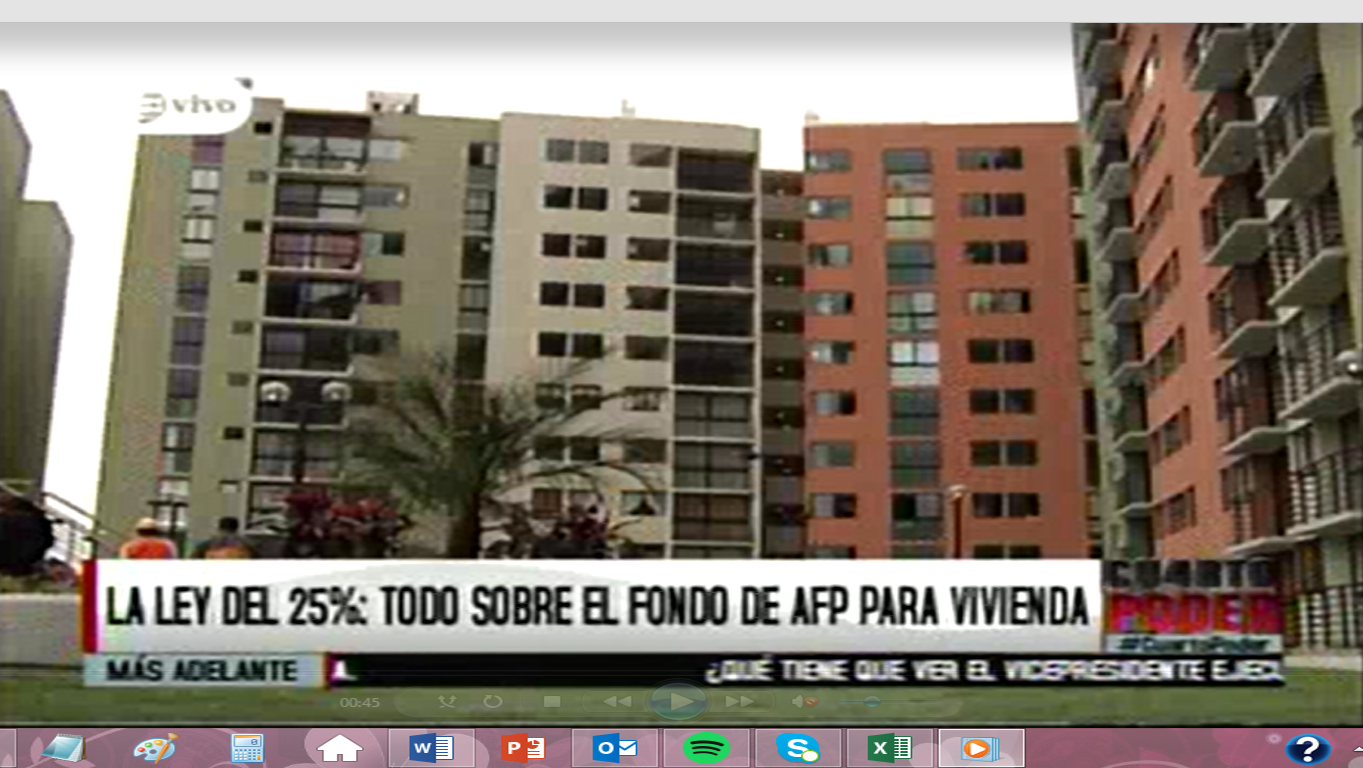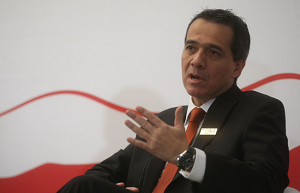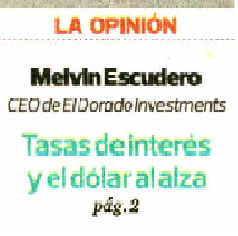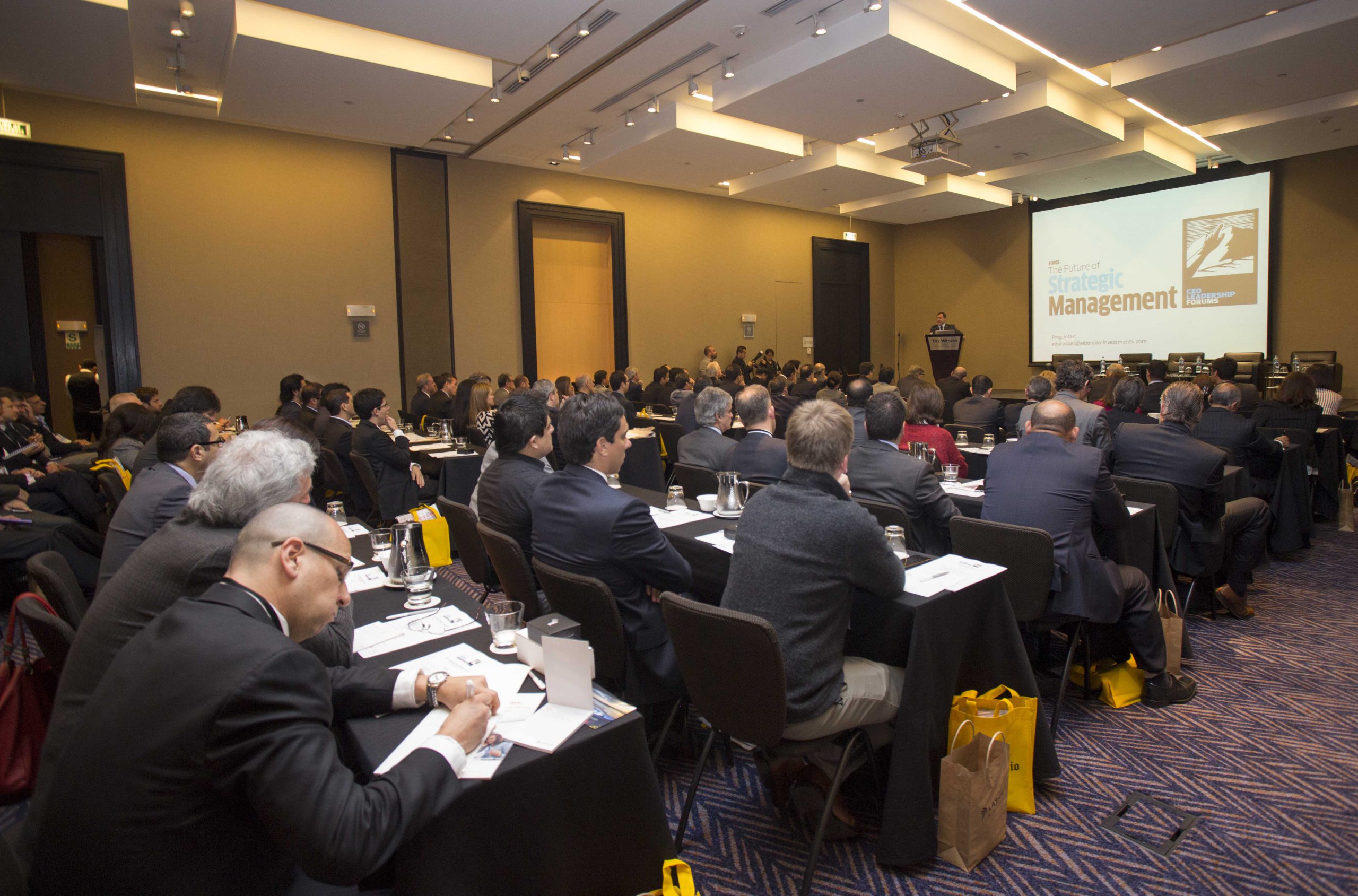What is the Pacific Alliance?
The Pacific Alliance is an innovative mechanism of economic and trade integration, based on the system of open regionalism. It has an active and comprehensive agenda that, in addition to addressing issues related to trade, promote joint activities and coordinated between export promotion agencies of the countries miembros.Incentiva cooperation projects, programs and student scholarships and mobility actions easing immigration.
It was created on April 28, 2011 and formalized in Antofagasta (Chile) on June 6, 2012, through the signing of the Framework Agreement of the Pacific Alliance. This agreement shall enter into force on 20 July this year.
Objectives of the partnership
- Build a participatory manner an area of deep integration to achieve free movement of goods, services, capital and persons
- To promote further growth, development and competitiveness of the economies within it. The ultimate goal of this objective is to have greater well-being, overcoming socioeconomic inequality and promote social inclusion.
- Becoming a platform for economic and trade integration with global projection, and with primary focus on Asia Pacific.
Who makes up the Pacific Alliance?
The member countries of the Pacific Alliance are four: Chile, Colombia, Mexico and Peru.
The presidents of all these nations, Michelle Bachelet, Juan Manuel Santos, Enrique Peña Nieto and Ollanta Humala confirmed their participation in the X Summit which started today in Paracas.
Which countries are observers?
There are 32 observer countries on five continents. United States, Canada, Costa Rica, El Salvador, Guatemala, Honduras, Panama, Dominican Republic, Trinidad and Tobago, Ecuador, Paraguay, Uruguay, Morocco, China, Korea, Japan, Australia, New Zealand, India, Israel, Singapore, Spain France, Portugal, Turkey, United Kingdom, Switzerland, Italy, Germany, Low Countries, Finland and Belgium.
Panama and Costa Rica, but are observers also have the status of candidate for membership in the alliance.






 Contáctanos
Contáctanos